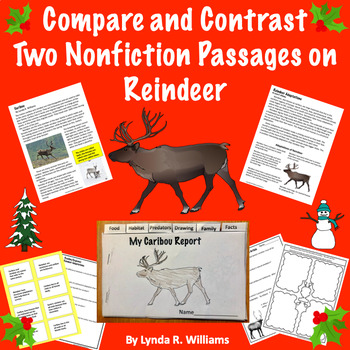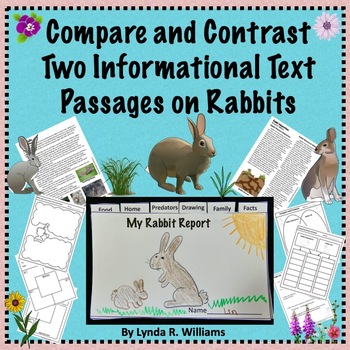Close Reading Strategies For Reading Informational Text
Teach your students to be a good close reader by using these six close reading strategies for reading informational text.
1. Be a Close Reader Yourself
As you teach close reading, it’s important that you know the text backward and forwards. Every time you raise an issue or ask a question for discussion (e.g. “What does the author mean by the term ecosystem flooding? What part of the text supports explains this concept?”), you’ll know how to help your students find the textual evidence and where it’s located in the text. Modeling close reading through your class discussion is an important way to show close reading strategies in action.2. Teach “Stretch Texts”
Teachers should want students to leave their class knowing how to look for evidence. It’s the most central skill of the Common Core standards. Push students to go beyond recounting facts. As you’re planning, think about what higher-order questions you can ask in class discussions and written assignments.
4. Always Set a Purpose for Reading
After your students have read a text through once, help them dig deeper by setting a specific purpose for reading it again. Giving students something specific to focus on requires that they return to the text and really focus. We want to teach them to read back into the text to find answers. (e.g. "Why does the author claim that all Santa's reindeer must be female?" or "What is one of the structural adaptations that reindeer have that help them survive on the tundra?") I have digital escape rooms with informational text and my students know that they must read carefully in order to escape!5. Focus on Making Connections
Rather than asking students a bunch of comprehension questions, focus their reading experiences around connecting with and remembering the text. Plan and ask questions that help you understand if students understand the text, and where they need to dig deeper into the big ideas.
6. Provide High-Interest Informational Text Passages
In Third, Fourth, and Fifth Grade students are required to read to text passages on the same topic.
CCSS ADDRESSED
Compare and contrast the most important points and key details presented in two texts on the same topic.
Integrate information from two texts on the same topic in order to write or speak about the subject knowledgeably.
Integrate information from several texts on the same topic in order to write or speak about the subject knowledgeably.
I have created several resources for comparing and integrating two text passages on a topic. These are perfect for 3rd-5th grade students. I have printable versions and also online versions for distance learning.
Read Two Text Passages On Reindeer Distance Learning Unit
Compare and Contrast Two Texts on Reindeer
Compare and Contrast Two Informational Text Passages on Rabbits
Compare and Contrast Two Text Passages on Rabbits for Distance Learning
See more on using high-interest reading passages to engage students.
Thank you for visiting!








